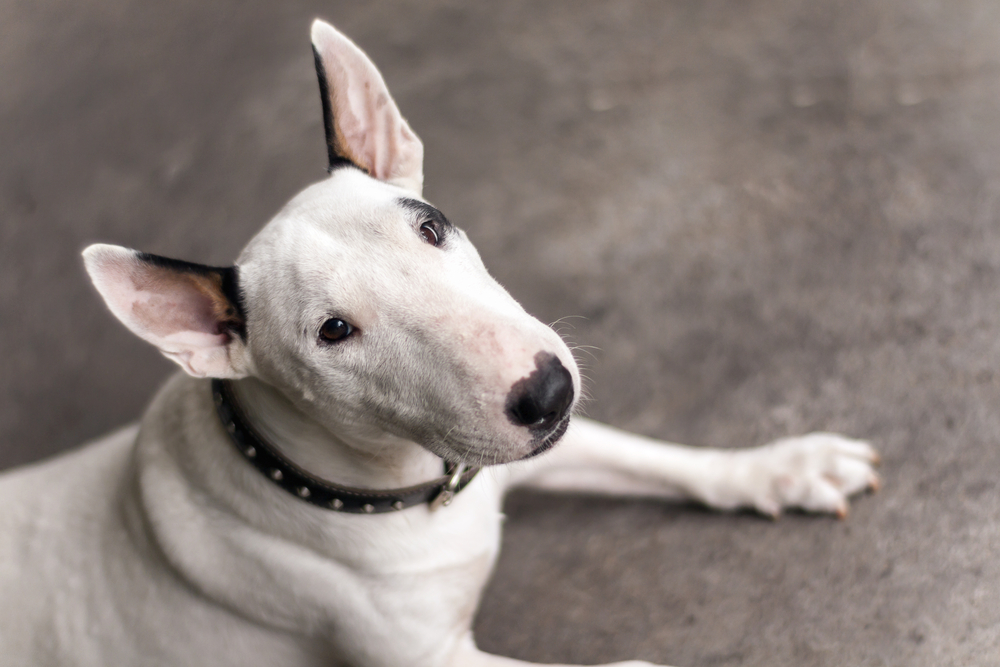Cyst in dogs: see what types and how to treat each case

Table of contents
The cyst in dogs is not always a cause for concern, some arise as an effect of some vaccine for dogs, for example. This small bag is formed by liquid substances and is caused by some inadequate performance of the organism. The most common are related to skin processes. In addition to vaccines, some cysts in dogs can be the result of a hematoma, simple to treat. inIn any case, the ideal is to always seek veterinary help to identify the type of lump in the pet and how to treat it. Without treatment of the cyst, dogs can suffer from more serious and even malignant conditions. We have separated some information about the most common cysts, as well as the causes and how the treatment of each one usually is.
Sebaceous cyst in a dog is a lump with a bad smell
Dogs have a sebaceous gland that produces sebum to control the oiliness of the skin. The problem is when the activity of the glands has a higher production than normal. This causes several problems, such as bad smell and oiliness. In addition, these glands can also be obstructed and generate sebaceous cyst in dogs, which are benign lumps of hard consistency and up to 6 cm in diameter.Obviously this size is a concern and the trend is that it will only increase.
The treatment of sebaceous cyst in dogs is surgical, with the use of ointments before and after the procedure. Prevention is done with the use of dog shampoos suitable for the type of hair that help control oiliness.
Apocrine cyst: dog may have one or several lumps around the body
The origin of the apocrine cyst in dogs is not very different from the sebaceous cyst. The apocrine glands also have the function of secreting oily substances from the skin and, when there is too much production, they become obstructed and form cysts. They are characterized as rigid, subcutaneous benign masses and the dog may have only one or several of these nodules scattered throughout the body. However, they are not as large as the cystsebaceous and have a yellowish or reddish liquid appearance, without much risk. In case of "dog apocrine cyst", treatment is quite simple. It usually ruptures by itself, without evolving into something more serious. However, after the rupture it is recommended to clean the hatching with water and serum until proper healing. This care prevents possible infection.
Polycystic kidney disease in dogs is characterized by the presence of cysts within the organ
Polycystic kidney disease in cats is much more common, especially in Persians, but dogs also suffer from this genetic and hereditary disease, characterized by the formation of kidney cysts. It is recurrent in some breeds, such as the Bull Terrier. Therefore, prevention is done by avoiding the reproduction of new specimens, in addition to genetic study of predisposed puppies to alleviate symptoms whenUnfortunately, it is a progressive condition that impacts the animal's life expectancy and requires a specific diet. The most common symptoms are: apathy, pain, vomiting, anorexia and even tremors.
See_also: Dog toilet: how to choose the ideal place for your dog to potty at home?
Dog with dermoid eye cyst needs surgery
The dermoid cyst affects the dog's eyes, arising from the eyelid and developing above the cornea. Its cause is congenital, but it is not hereditary. It is serious and can affect the dog's vision, but fortunately it is a very rare condition to happen. The first signs may appear already in the puppy, who has symptoms of keratitis and ulcer. The diagnosis is made with ophthalmological examinations and theTreatment is surgical and usually affects the Dachshund, German Shepherd, Dalmatian and Pinscher breeds.
Medullary arachnoid cyst in dog impacts on paw movements
This cyst affects dogs and humans (but is not a zoonosis). It affects the spinal cord and causes neurological problems. At first, the symptoms are silent, but as it progresses, the dog starts to suffer from headache, nausea, seizures, dementia, motor coordination problems and paralysis. The origin of the arachnoid cyst is congenital due to maldevelopment of the meninges. The treatment is surgical.
Birth control injections can cause ovarian cysts in female dogs
Ovarian cysts are very common in women, but they are also recurrent in female dogs, especially those that have not been neutered. The use of injectable contraceptives for female dogs is a major factor in the appearance of these cysts, which can be hormonal or not. They are liquid and gelatinous, at least 0.2 cm in diameter (and can reach 4.0 cm). Dog with ovarian cysts sufferspain, nausea, apathy and lack of appetite. It is also common to have an enlarged abdomen. Treatment can be surgical, with removal of the uterus and ovaries, or hormonal. Castration of the dog is the best form of prevention.
Interdigital cyst syndrome is more common in dogs suffering from canine obesity
The interdigital cyst is a lump that appears between the pads of the paws and is formed by a reddish, inflamed-looking mass that causes a lot of pain. It is usually a symptom of other skin diseases, such as canine atopic dermatitis. It causes difficulty in locomotion and the animal may have excessive licking of the site. It affects breeds such as the Labrador and Boxer, but any male with obesityThe diagnosis of the interdigital cyst in dogs is clinical and the professional may request a biopsy. Antibiotic, anti inflammatory, ointments and analgesics are part of the treatment, in which the dog must wear an Elizabethan collar to avoid contact. Drainage and surgery are other forms of therapy.

